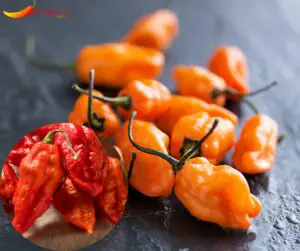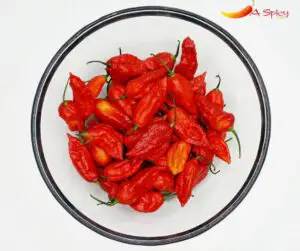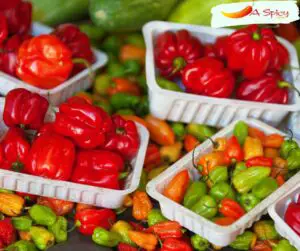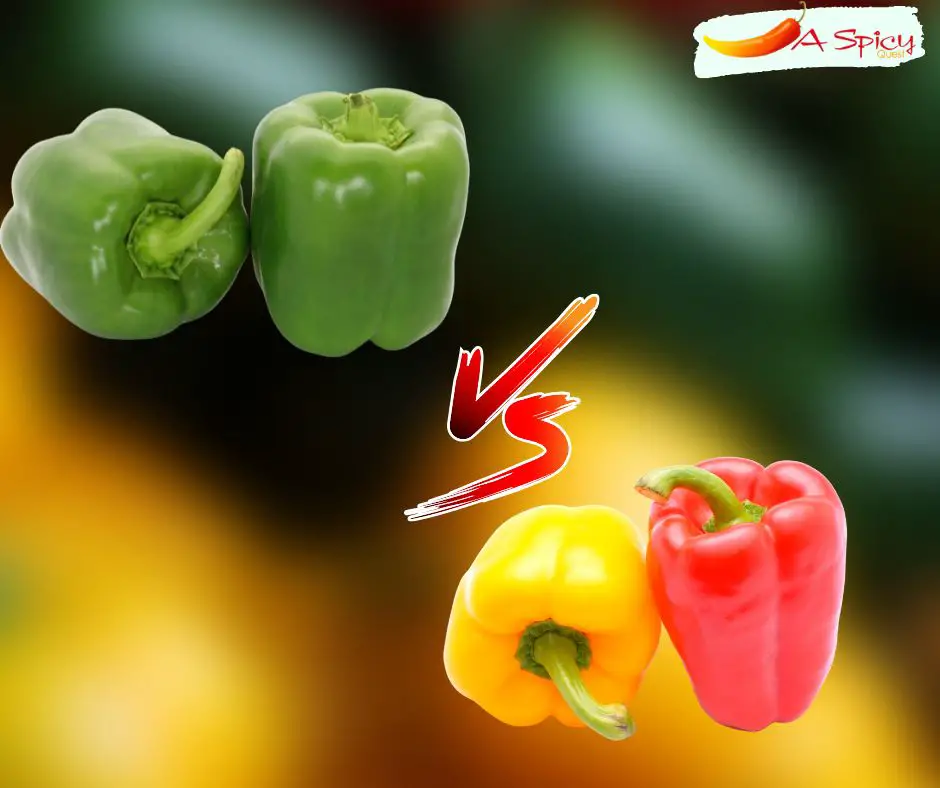
If you don’t know the difference between a pepper and a capsicum, then you’ve come to the right place. We’ll show you exactly how to use them in cooking, as well as what makes them different from each other.
What Is The Difference Between Capsicum And Peppers?
Capsicum is the name for peppers in general, whereas a pepper is a subset of capsicum. Peppers are often used interchangeably with capsicum because they’re both members of the same family, Capsicum annuum, which also includes other types of hot peppers like jalapeños and habaneros.
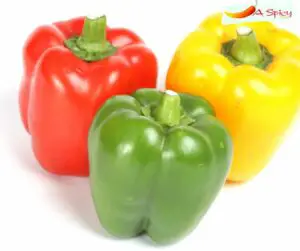
Peppers are most often green when they’re fresh and red or orange when they’re dried. They can be used fresh or dried whole or ground up into powder form (like cayenne), diced, sliced into strips (like banana peppers), minced into pieces (like bell peppers), or left whole.
What Is Capsicum?
There are many different types of plants that belong to the genus Capsicum. The most commonly grown species is Capsicum annuum, which includes bell peppers and chili peppers. However, there are other species that you can grow in your garden as well, including paprika and cayenne pepper.
The term “pepper” is often used to refer to any member of the family Solanaceae, but it’s also used specifically for members of Capsicum.
Where Do Different Varieties Of Capsicum Come From?
The name Capsicum comes from the Latin word “Capsa” meaning box. The scientific name for capsicums is Solanum annuum. Some varieties of Capsicum are bell peppers, jalapeno peppers, cherry hot peppers, and paprika peppers. Capsicums originated in Central and South America, where they grew wild for thousands of years.
What Is The Nutritional Value Of Capsicum?
1. Good in different types of nutrients
Capsicum (also known as peppers) are a great source of vitamin C, containing about three times more than an orange. They also contain the antioxidant beta carotene, which is converted into vitamin A in the body and helps boost your immune system.
Capsicum is also a good source of manganese, copper, and potassium. Manganese works as an antioxidant to protect cells from damage by free radicals, while copper helps build strong bones and prevent osteoporosis. Potassium also prevents bone loss by acting as a regulator in cell membranes; it helps maintain normal blood pressure levels when consumed regularly too.
2. Low in calories
Capsicum is low in calories, but it is also low in fat. This makes it an excellent choice for people looking to lose weight or maintain a healthy diet. If you want to burn off the calories from eating peppers, you can take a walk or run outside.
3. Good source of fiber
Capsicums and peppers are both good sources of fiber, which is one of the main reasons why they’re associated with better health. Fiber helps reduce blood cholesterol levels. It also helps maintain a healthy digestive system and promotes regularity in bowel movements. Fiber is found in the seeds and skin of peppers, as well as in their membranes.
4. Good source of vitamin A
Vitamin A is an important vitamin for your eye health, as it’s necessary for maintaining the cornea and clear vision. It also helps maintain healthy skin, hair, and nails.
Vitamin A is also important for immune system health by boosting white blood cells and helping the body fight off viral infections like the flu.
5. Good source of vitamin B6
Vitamin B6 is found in a variety of foods, including capsicum peppers. It helps the body to make red blood cells, antibodies, hormones, and DNA.
Vitamin B6 also contributes to normal brain function, as well as the metabolism of protein and fat.
Is Pepper Good for the Body?
Yes, definitely. It’s true that capsicum is good for you. Capsicum has many health benefits and you should include it in your diet if you want to stay healthy.
The following are some of the benefits of eating pepper
1. Peppers have anti-inflammatory properties
Peppers are high in vitamins C and A, which act as antioxidants. These nutrients help to protect cells from damage that can lead to inflammation and pain.
According to some studies, capsaicin, the compound found in peppers that makes them spicy, can also alleviate pain and swelling associated with arthritis.
2. Peppers are good for your heart health
Both peppers and capsicums are rich in vitamin C and beta-carotene, which help boost your immune system and keep your skin healthy. The same applies to vitamin E, which helps your body repair itself after injury or illness. Vitamin K is also important for blood clotting and bone strength.
3. Peppers are good for your digestive health
Capsaicin, the compound that gives peppers their spicy kick, stimulates the release of salivary amylase. This enzyme helps break down starches into more digestible sugars, which in turn helps lower your blood sugar levels and reduce inflammation. The same process can be used to treat diabetes and other digestive problems.
4. Peppers are good for your skin
Peppers are a delicious and nutritious addition to your diet, and they’re also great for your skin. They contain antioxidants called capsaicinoids that help reduce inflammation, which can cause damage to the skin. The heat from peppers may also increase blood flow in the body, which is good for your circulation and keeps it healthy.
Why Do Peppers Have Such Strong Flavours?
The capsaicin in peppers causes a burning sensation on your tongue, which is why their flavors can be so strong. This chemical irritates nerve endings and makes them send messages to the brain even though there’s no actual heat present.
The more capsaicin a pepper contains, the spicier it will taste. So if you eat a lot of spicy food, your body will become accustomed to the flavor of capsaicin over time and you’ll be able to handle hotter peppers without discomfort.
The number of seeds in each pepper can also affect its spiciness; this is because each seed contains its own little capsaicin (and therefore its own amount of burning sensation).
How To Select And Store Peppers
When selecting peppers, look, for ones that are firm, smooth, and free of blemishes. You should also check to see if the stem end is dry and not moldy.
If you need to store your peppers for an extended period of time, place them in a plastic bag and store them in the fridge for up to two weeks. If you want to keep them fresh for even longer, blanching will kill any bacteria present on the outer skin of your pepper without causing any flavor loss.
When storing peppers in the crisper drawer of your refrigerator, make sure they have plenty of room around them so they can breathe. This will prevent moisture from building up inside their thin walls and spoiling prematurely.
How To Use Peppers In Cooking
Peppers can be used in so many ways. They are delicious, raw, and cooked, whether you’re using them as a vegetable or as an ingredient. Peppers can be eaten raw in salads, on sandwiches and pizzas, or even just by themselves.
You can also use peppers to add extra flavor to your cooking. When you prepare your meal (for example spaghetti sauce), throw some chopped peppers in there for extra zing.
Peppers are great for garnishing dishes too; try sprinkling them over pizza or burgers. You’ll find that these colorful fruits add brilliant color to any dish they’re served with—whether it’s a side dish or main course!
Conclusion
There are many types of peppers, but the most common ones in the United States are bell peppers and jalapeno peppers.
The capsicum plant also has many varieties that include chili peppers such as red chili, serrano, and habanero.
While both peppers and capsicum plants all have similar characteristics, like being able to grow outdoors or indoors with few maintenance requirements, there are differences between them as well.
However, it is safe to know that capsicum is also known as peppers.




